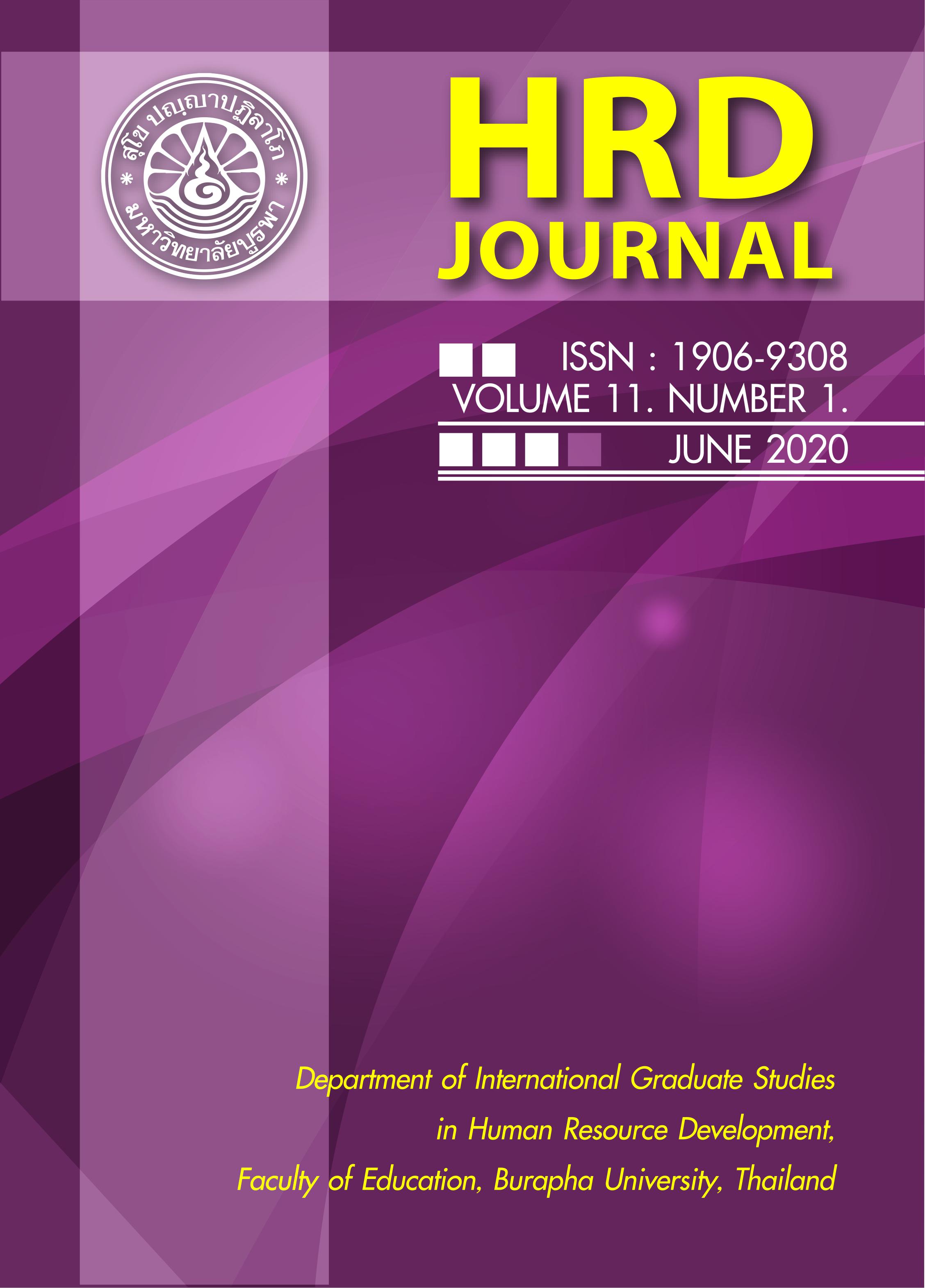The Use of Semantic Mapping to Improve Vocabulary Comprehension
Keywords:
vocabulary comprehension, semantic mapping, students effectively improve vocabularyAbstract
Learning vocabulary is considered to be the most important aspect of second language acquisition (Knight, 1994). The purposes of this study were to investigate the effects of the semantic mapping technique on student vocabulary comprehension, and to examine the students’ attitudes towards the semantic mapping technique. The study employed a quasi-experimental research method with two groups (experimental and control). The experimental group learned vocabulary with the use of semantic mapping, while the control group learned with a traditional method. The data were analyzed by means, standard deviations, descriptive statistics, an independent t-test, and paired t-test. The participants of this study were 46 students selected from Vocational-3/1 majoring in computer business and Vocational-3/2 majoring in marketing. The results from comparing the pre-tests and post-tests of this study showed that the experimental group made higher improvement than the control group and the students had positive attitudes towards the semantic mapping technique.
References
Borkovska, J. (2007). Psycholinguistic considerations in the study of L2 vocabulary acquisition. In R. Carter, & M. McCathy (Eds.), Vocabulary and language teaching (pp. 141-159). London: Longman.
Buzan, T. (1990). Use both sides of your brain. New York: Plume.
Candlin, C. N. (1988). Vocabulary and language teaching. London: Longman.
Graves, M. F. (2006). The vocabulary book: Learning and instruction. New York: Teachers College Press, International Reading Association, National Council of Teachers of English.
Hunt, A., & Beglar, D. (1998). Current research and practice in teaching vocabulary. The Language Teacher, 22(1), 7-25.
Johnson, D. D., Pittelman, S. D., & Heimlich, J. E (1986). Semantic mapping. The Reading Teacher, 39, 778-782.
Knight, S. (1994). Dictionary use while reading: The effects on comprehension and vocabulary acquisition for students of different verbal abilities. The Modern Language Journal, 78, 285-299.
Margosein, C. M., Pascarella, E. T., & Pflaum, S. W. (1982). The effects of instruction using semantic mapping on vocabulary and comprehension. Journal of Early Adolescence, 2(2), 185-194.
Nagy, W. E. (1988). Teaching vocabulary to improve reading comprehension. Newark, DE: International Reading Association.
Nilforoushan, S. (2012). The Effect of Teaching Vocabulary through Semantic Mapping on EFL Learners’ Awareness of the Affective Dimensions of Deep Vocabulary Knowledge. Journal of Islamic Azad University of Foreign Languages, 164-172.
Nogc Thuy, P. (2013). Best practice in vocabulary teaching and learning. In J. C. Richards, & W. A. Renandya (Eds.), Methodology in language reading: An anthology of current practice (pp. 48-64). New York, NY: Cambridge University Press.
Office of Basic Education. (2014). Thailand education for all 2015 national review. Retrieved from http://unesdoc.unesco.org/images/0022/002298/229878E.pdf
Pikula, J. (1987). The effects of semantic mapping on vocabulary growth in grade four. Retrieved from https://eric.ed.gov/q=over+AND+time&ff1=subTeaching+Methods&ff2=pubDissertations%2fTheses+-+Masters+Theses&id=ED284178
Pikulski, J. J. (1989). Questions and answers. The Reading Teacher, 42, 429.
Rupley, W. H., Logan, J. W., & Nichols, W. D. (1999). Vocabulary instruction in a balanced reading program. The Reading Teacher, 52, 336-346.
Stahl, K. A. D., & Bravo, M. A. (2010). Contemporary classroom vocabulary assessment for content areas. The Reading Teacher, 63(7), 566-578.
Tony Buzan, (2006). Launched his own software program to support mind mapping called iMindMap, website Buzan World, cites trademarks on the phrase ‘Mind Maps’
Truong, Y. (2009). An evaluation of the theory of planned behaviour in consumer acceptance of online video and television services. Electronic Journal Information Systems Evaluation, 12(2), 177-186.
Vogt, D. (1983). Semantic mapping as a vocabulary teaching technique to improve recall of word meaning. Retrieved from https://www.researchgate.net/publication/234740831_Semantic_Mapping_as_a_Vocabulary_Teaching_Technique_to_Improve_Recall_of_Word_Meaning
Downloads
Published
How to Cite
Issue
Section
License
Copyright@HRD Journal, Burapha University






